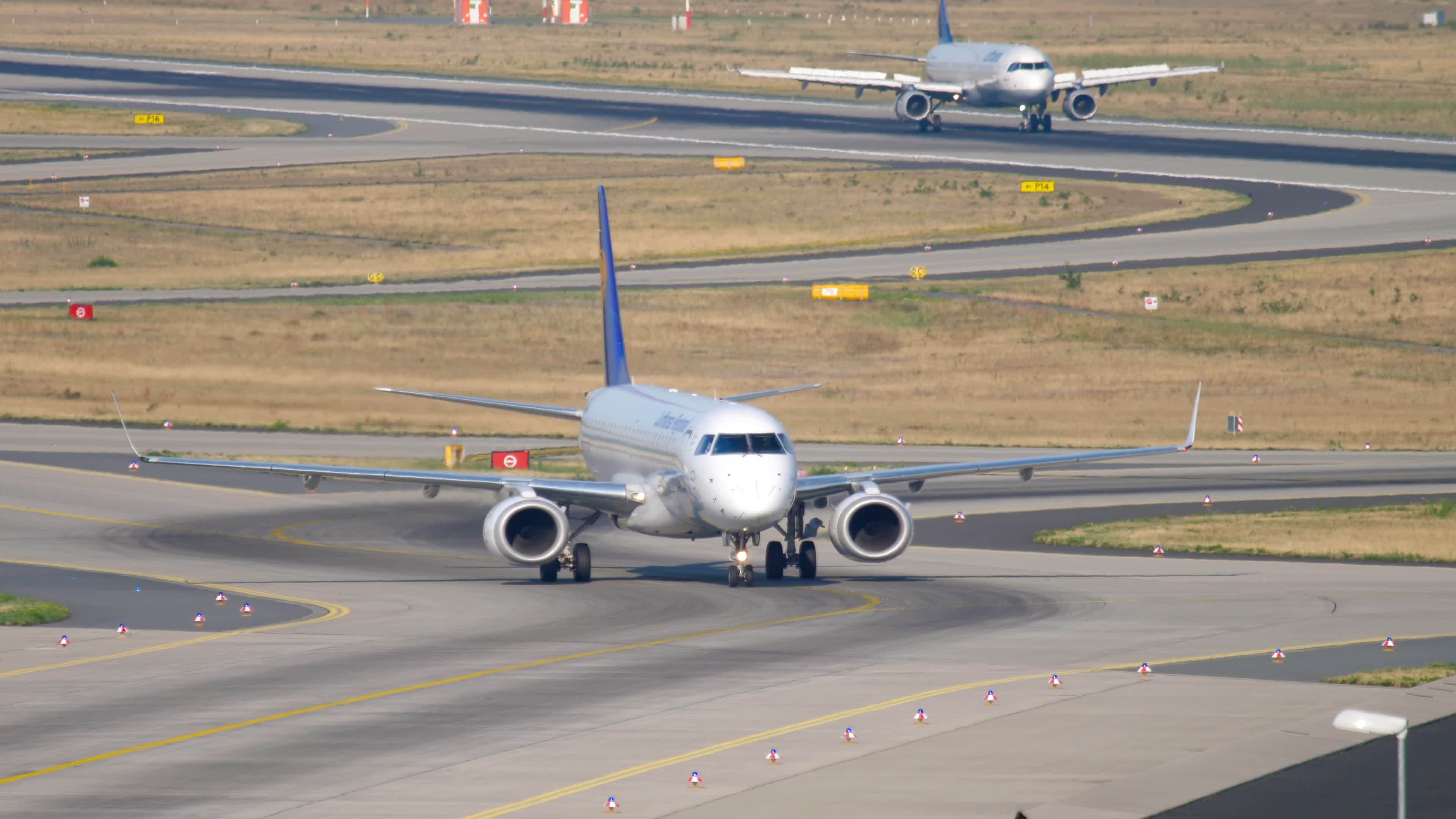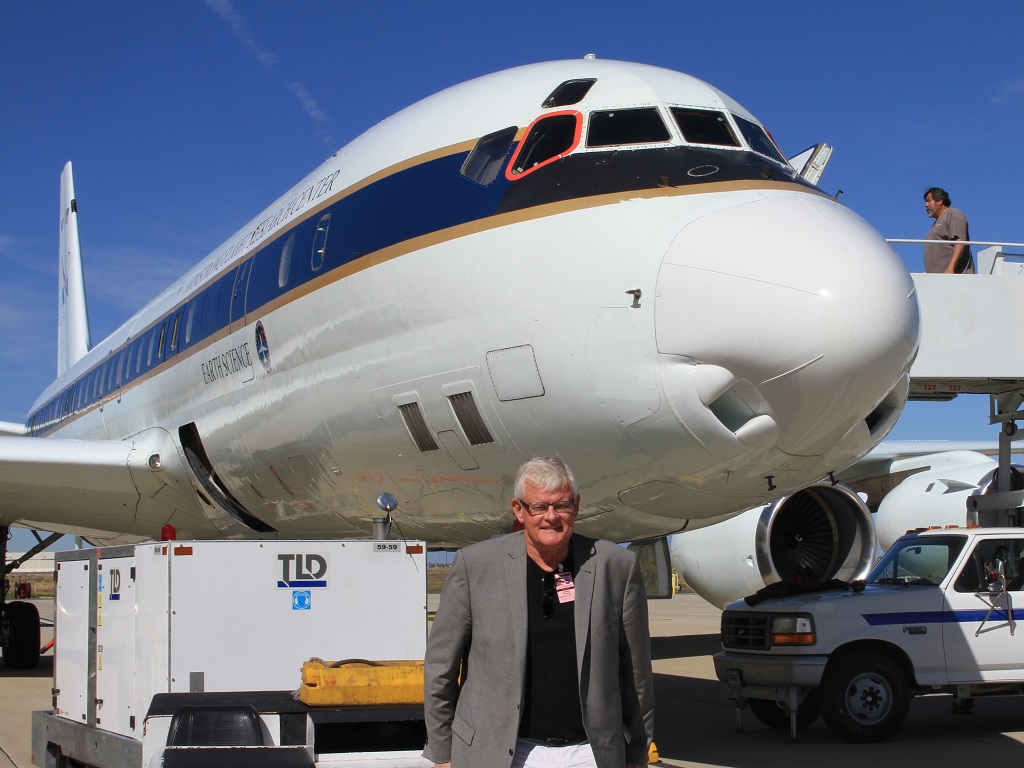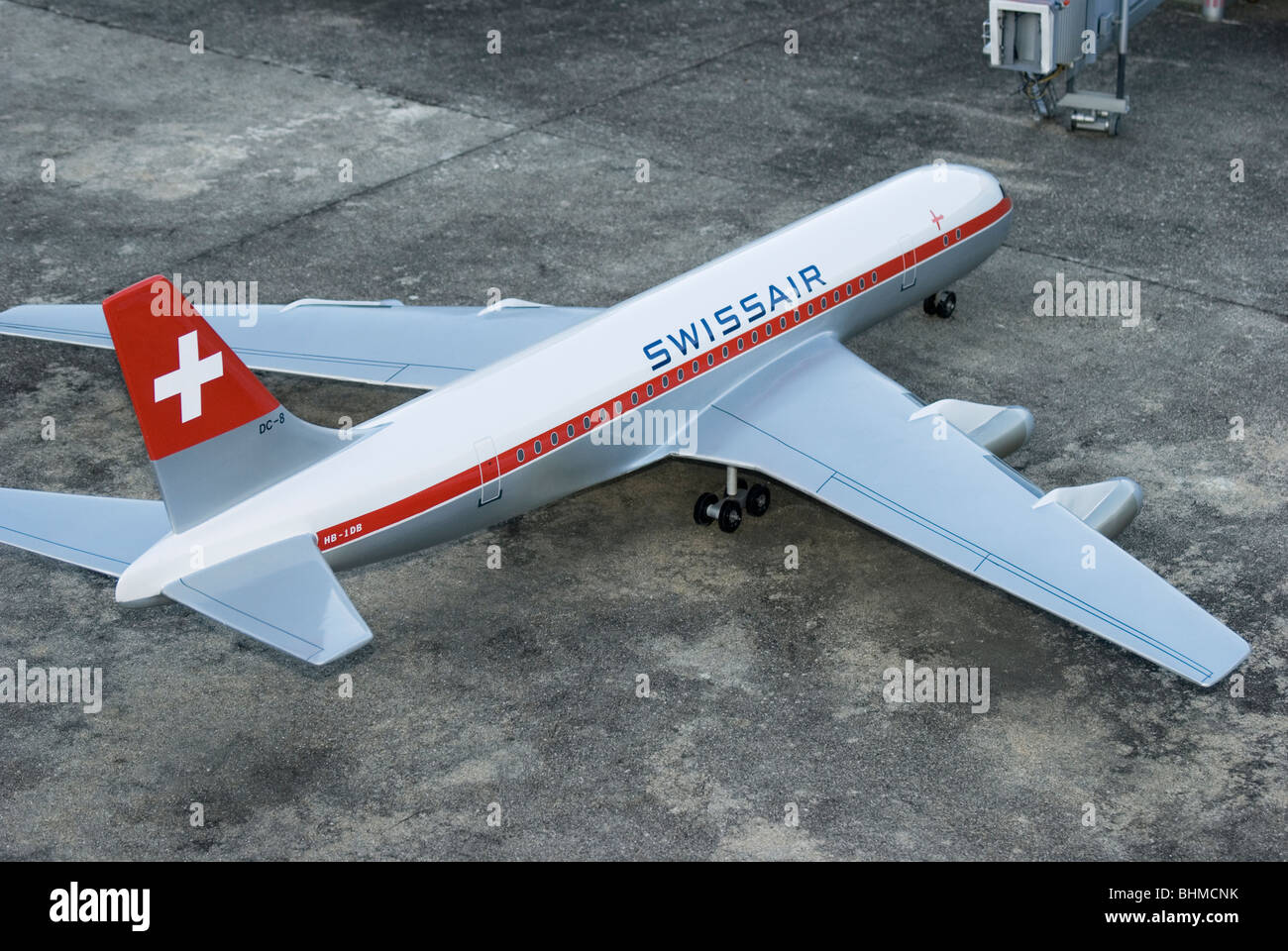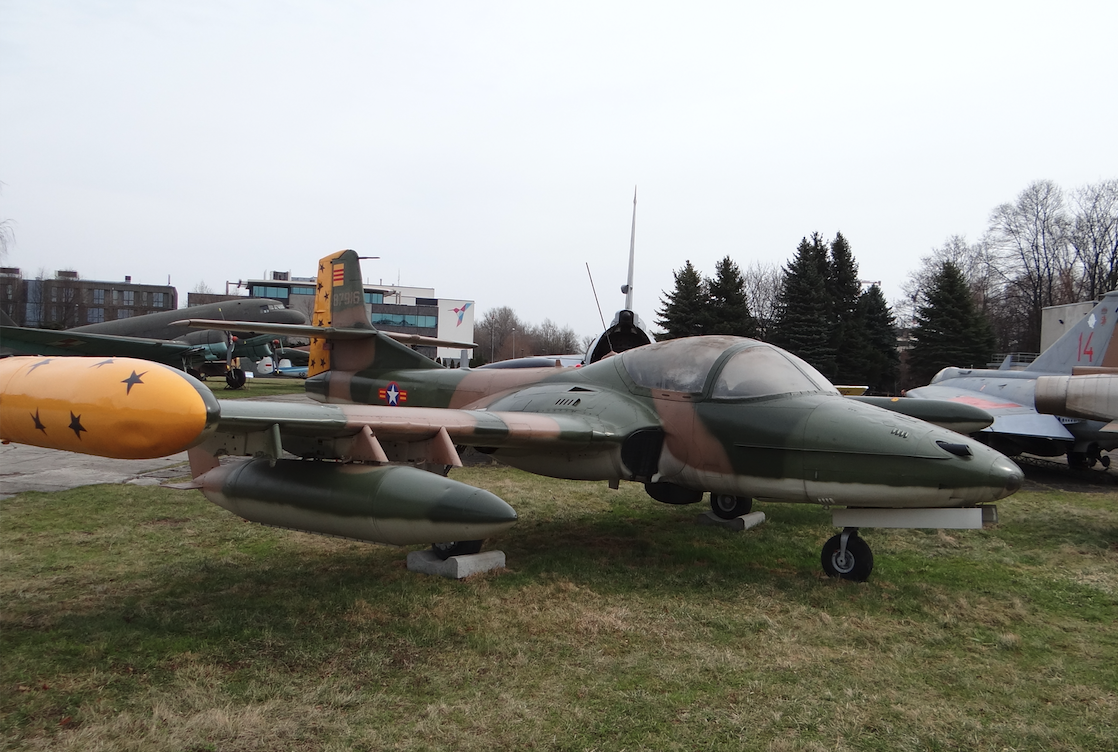Dash 7 Aircraft - The de Havilland Canada DHC-7, also known as the Dash 7 (Dash 7), is a short take-off and landing (STOL) regional turboprop commercial airliner. The first flew in 1975 and remained in production until 1988, when the de Havilland Canada company was acquired by Boeing in 1986 and later sold to Bombardier. In 2006, Bombardier sold the type certificate to Victoria manufacturer Viking Air.
In the 1960s, de Havilland Canada was already known worldwide for its series of high-performance STOL aircraft, notably the popular DHC-2 Beaver and DHC-6 Twin Otter. However, the aircraft was very small and operated on circular routes, unlike the busy regional routes, which were already served by larger and more efficient turboprop aircraft such as the Fokker F27, Fairchild F-27, Convair 580 , Convair 600 and Hawker Siddeley. 748.
Dash 7 Aircraft

De Havilland Canada employees believed they could compete with indirect design. With their excellent STOL performance, their designs can fly to smaller city center airports and small, round and narrow airports with runways that other (unpaved, undeveloped) aircraft cannot easily fly. to use The original specification called for a 40-passenger aircraft with a short range of 200 miles, operating on 610 m (2,100 ft) runways.
Oy Grf Air Greenland De Havilland Canada Dhc 7 102 Dash 7 Photo By Tomas Milosch
With new noise restrictions coming into force in the 1970s, an aircraft designed for the role would also have to be very quiet. The noise of a propeller depends on the length and chord of the blade and the speed at which it rotates. To cover the new regulations, the new design used larger (oversized) propellers that are set to rotate at a slower speed than the conventional design. Most of the typical propeller noise is produced at the tips of the blades, which are rotating at or below the speed of sound. The use of large propeller blades does not require the tip of the blade to reach the speed of sound, and the rotational speed can be reduced without sacrificing thrust. To slow down, the noise is greatly reduced. The Dash 7 sits at 900rpm, and the dpega is only 1210rpm.
In some respects, the new DHC-7 was a large four-engine version of the Twin Otter: the general shape remained the same, with a high wing and the same details in the cockpit and nose profile. Changes included the addition of a clean cockpit (requiring changes to the fuselage section), forward-folding landing gear on the inboard engine nacelles, and a large T-tail designed to hold the elevator clear from the slipstream of the propeller during travel. (The Twin Otter's empennage had a cross arrangement).
The Twin Otter featured "flaperons", which folded the ailerons as part of the flaps, but these were not included in the Dash 7 due to type and weight. Instead, the wings are reduced in size to allow a larger area for the flap, supplemented by two sets of roll spoilers, or spoilerons. The inner roll deflectors operate at all speeds, while the outer ones only operate below 130 KIAS to provide excellent low-speed control. Once on the ground, the inner and outer wing deflectors expand simultaneously to help reduce the lift created by the wing. Each wing also includes two ground deflectors that extend only after touchdown. Most of the trailing edge consists of a complex arrangement of Fowler flaps adapted to produce high lift at low speed. During a typical STOL landing, the flaps are set at 45°, producing lift and drag, allowing higher landings and slower speeds. According to po, the speed V
With the flaps at 45° it is between 70 and 85 knots. When touched, thanks to the "crouch switch" installed in the main gear, the flaps automatically retract to a position of 25 °, thus reducing the height once on the track and producing better braking performance. The flaps also retract up to 25° when engine power is increased during a spin. The four-engine arrangement helps lift low speed because the large propeller blows air over the wings ("drift"). When thrust reverse is selected for landing, the propeller reverses pitch, pushing the air forward and effectively slowing the aircraft, with the wheel brakes preventing stall. More importantly, if one engine fails, the asymmetric thrust is much less than a double engine arrangement, thus increasing safety and allowing a minimum control speed with one engine inoperative.
Dhc 7 Dash 7
The Dash 7 was launched in 1972 and the prototype first flew on March 27, 1975. The test went well, with the first delivery to Rocky Mountain Airways on February 3, 1978. The Avon STOLport in Colorado, which operated the plane. The Avon STOLport was in the valley very close to Vail Ski Resort. Another airport near the ski resort operated by Rocky Mountain Airways with Dash 7 flights from Denver was Steamboat Springs Airport in Colorado. With a short range of 4,452 feet and an altitude of 6,882 feet, the Dash 7 was well suited for airport operations in the Rocky Mountains. Flying as Continental Express through a codeshare agreement with Continental Airlin, Rocky Mountain Airways also operates Dash 7 at Telluride Airport, located in the San Juan Mountains of southwestern Colorado, a mountain airport with a elevation of 9078 feet, making that. of major airports in the United States.
Kapalua Airport, on the island of Maui, Hawaii, was built by Hawaiian Airlines with a 3,000-foot runway designed specifically for Dash 7 operations. Scheduled flights with the new turboprops began March 1 of 1987. In 1993, the private airport of the airport. the government of Hawaii.
One hundred Dash 7 turboprops were shipped in 1984, when the assembly line was stopped in favor of the Dash 8. Another 13 examples were delivered between 1984 and 1988, when the production lines were dismantled when Boeing bought the company The last Dash 7 was purchased by Tyrolean Airways.
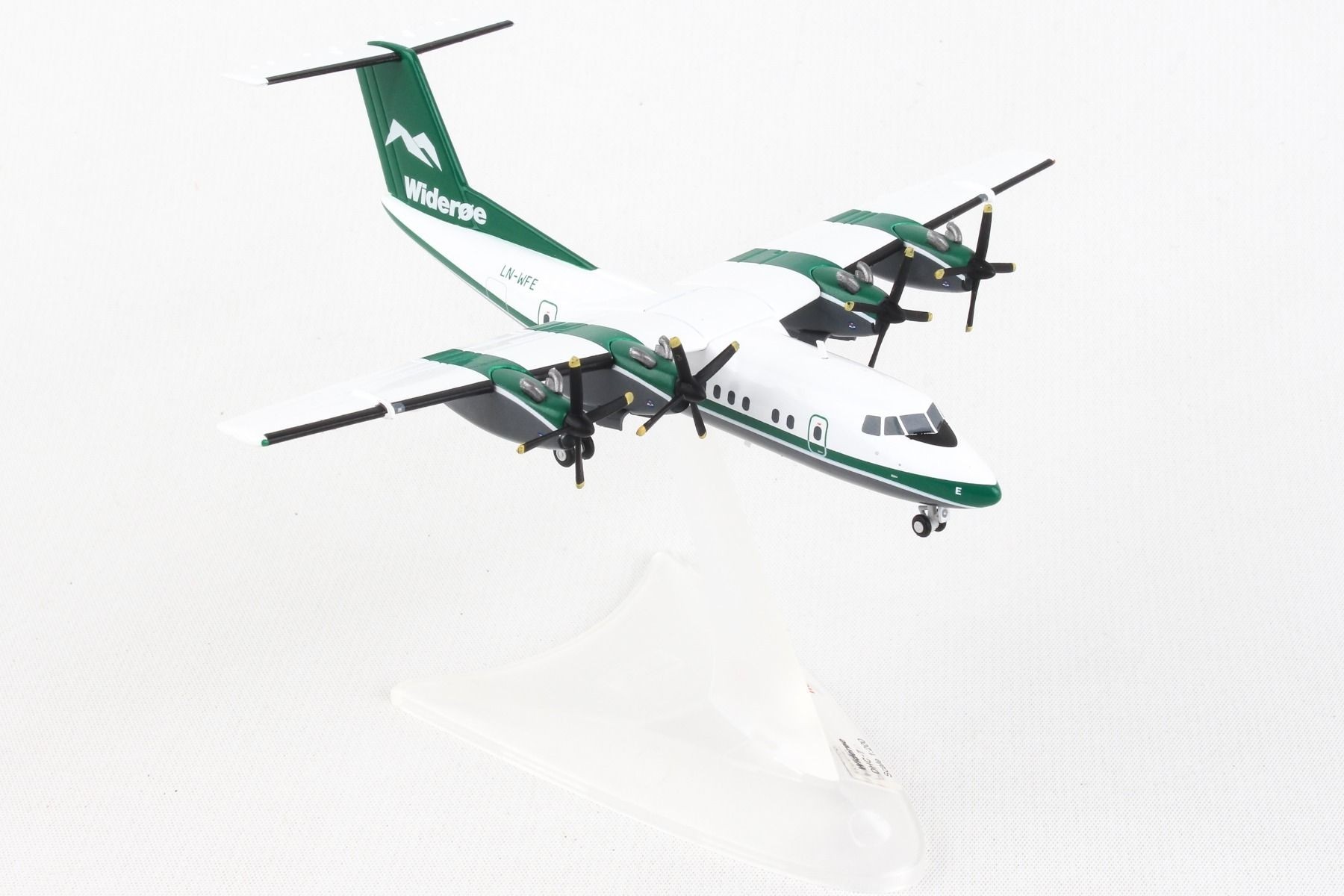
The original 100 Series represents most of the aircraft offered, and resulted in two models: the passenger version DHC-7-102 and the 103 combi, with an extended cargo door. This was followed by the 110 Series, which covered the requirements of the British CAA, including the -110 and -111, and finally the 150 Series, which included additional fuel capacity and improvements to the interior of the -150 and -151 . Plans for the 200 Series and the new PT6A-50/7 engines, which improved high-heat power, were made, but were shelved when Boeing ended production on the design.
Dash 7 150 For X Plane 11 Ver
Dash 7's mix of features met with limited commercial success. Many turboprop pilots use the plane as a link to the main airports, where STOL prtaciones are not considered essential. Compared to other mixers, the Dash 7's four engines require twice as much maintenance per engine model, increasing operating costs. Finally, those airports that required high performance STOL operations were often small and better served by Twin Otters; if an airport needed a bigger plane to serve a customer, it would build a longer runway. An exception to this was the performance of London City Airport (LCY), which opened in 1987, and was able to handle a few types of aircraft other than the Dash 7, due to its short track and ramp. The runway at LCY was later widened and the approach angle was slightly reduced, and then accepted commercial aircraft such as Airbus A220, Airbus A318, British Aerospace BAe 146 and Embraer 190. The noise level remains tight compared to other international airports.
The Dash 7 has also received military orders. The first of these were two plans for the Canadian Army, which they needed
Dash 8 aircraft seating, dash 8 q400 aircraft, dash 9 aircraft, dash 7 aircraft for sale, dash 6 aircraft, dash 10 aircraft, dash 8 300 aircraft, dash 8 aircraft for sale, dash eight aircraft, dash 8 aircraft, dash 8 400 aircraft, dash aircraft

:max_bytes(150000):strip_icc()/181031640-F-56b006613df78cf772cb2878.jpg)

